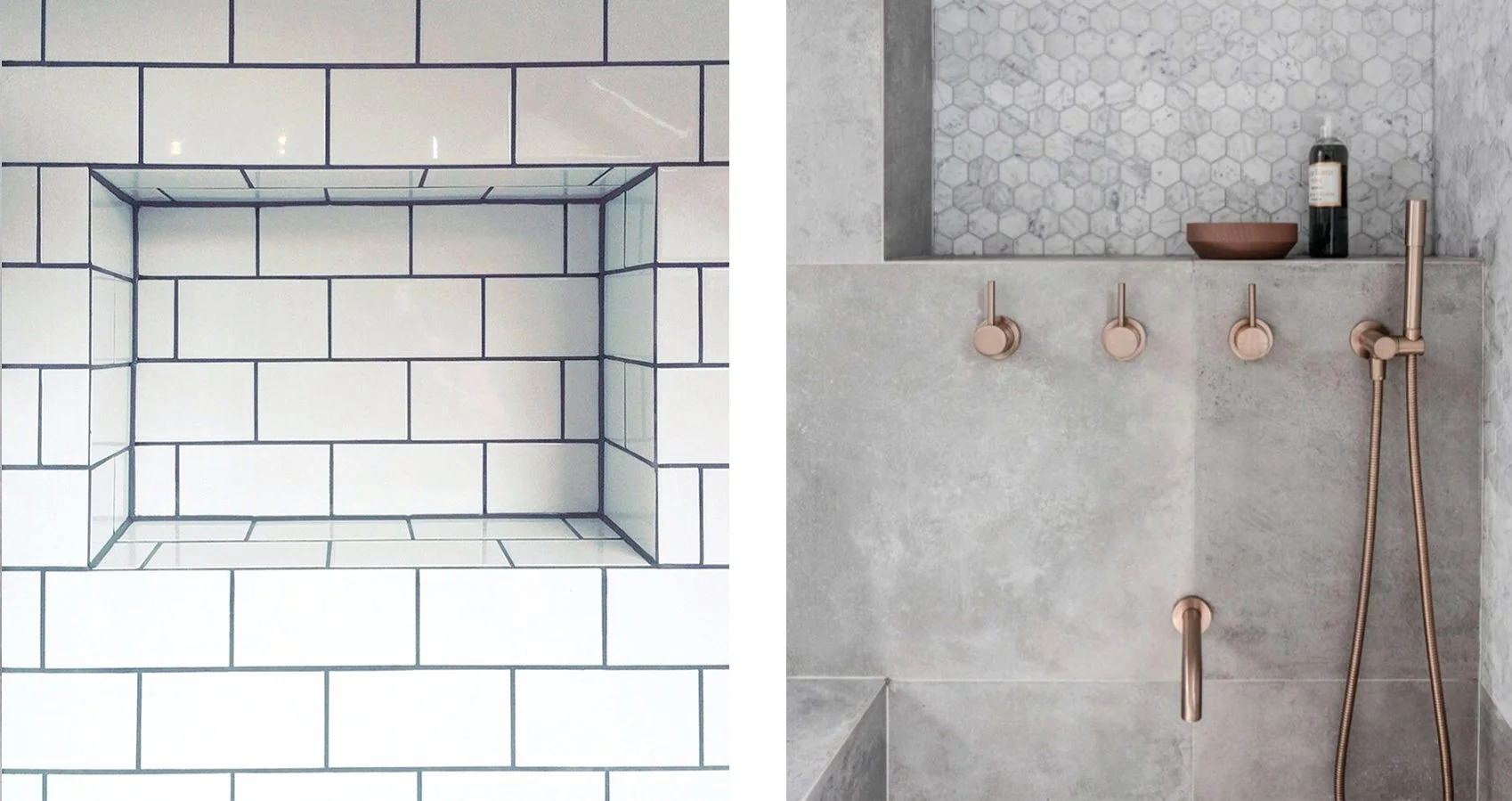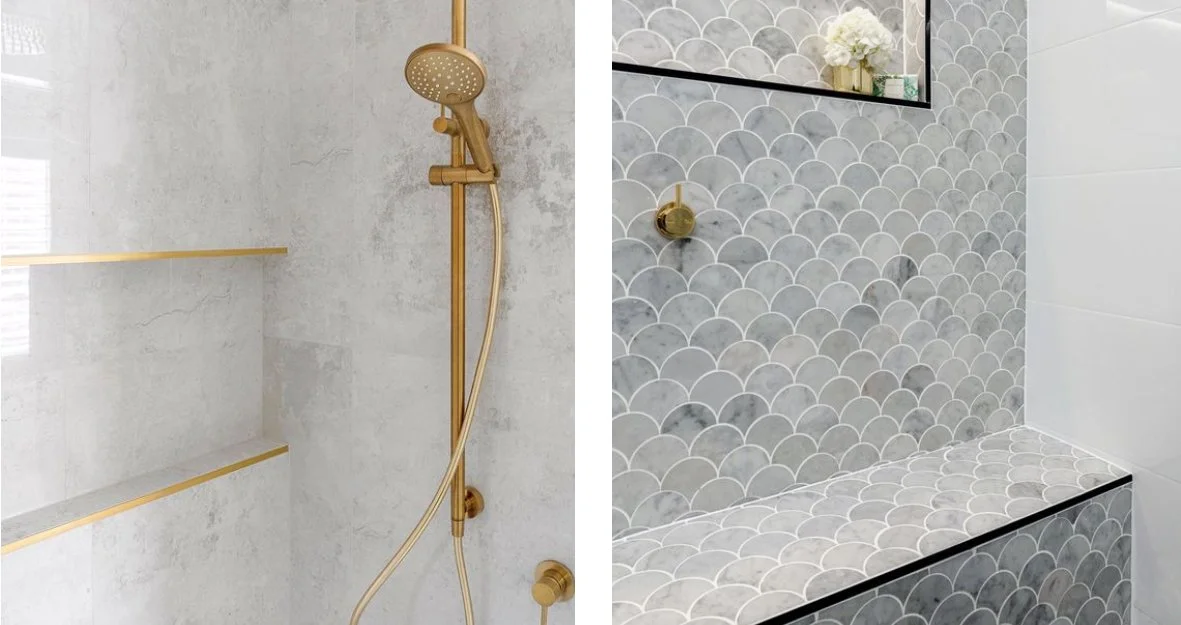When you start a renovation of any kind, you are going to get lots of different advice from different people. There are some very strong opinions about whether to use an architect, building designer or draftsperson. That’s because nobody does the same renovation, so people have different experiences with all these professionals.
As with any profession, there are people who are great at what they do and those who aren’t. There are people who have skills beyond, and below, their training or accreditation. I can’t tell you which of these professionals is right for your home, but I can help you figure it out by giving you some information.
Architect
An architect has the most certifications and licenses, therefore is often the most expensive. They must have a qualification from a university, which usually involves about 5-6 years of study.
For someone to call themselves an architect, they must have finished a degree, completed a minimum of two years experience, then passed an interview and final-exam process. Then they can be ‘board registered’ as an architect. They must also re-register annually, which involves a certain number of additional hours of study each year. An architect has trained for a long time to think deeply and critically about designing your home, both inside and out.
I would generally recommend an architect if:
You are doing a new build or large extension.
Your project is more complicated, in-depth or more thoughtful.
You are adding another level or changing the roof line.
You are extending a new section over a difficult slope or site.
Building Designer
I think of a building designer as half-way between an architect and a draftsperson. They need some certification, but haven’t had as much training as an architect, and they have more licensing than a draftsperson.
The rules and licensing for building designers vary depending on which state in Australia you are from, but a building designer doesn’t do as much in-depth study as an architect. In most states a building designer has to be licensed to use the title, and the license will determine what kind of buildings they are allowed to work on (eg. homes, apartment blocks, public buildings, etc).
There are specific TAFE courses you can do to become accredited as a building designer. The course teaches you some parts of design, but it is much shorter than architecture. Many building designers start their careers as a draftsperson, honing their practical drawing skills, then later get the necessary licenses to operate as a building designer.
I would generally recommend a building designer if:
You are doing a small or medium-sized renovation.
Your project is small or medium level of complexity.
Your project involves changing some of the external walls and openings.
There might also be some changes to the roof, but not very complicated or detailed ones.
Draftsperson
A draftsperson is the least licensed of the three, and therefore usually the most affordable. Currently in Australia, there are no requirements or certifications you need to operate as one. This is great for people who want to be self-taught, but it also means it’s hard to guarantee their level of skill or expertise.
A draftsperson is an expert at drawing home designs. They focus on documentation and delivery of plans. Sometimes a draftsperson will have trained at TAFE, but often they have learned and honed their drawing skills on the job. Generally speaking, a draftsperson doesn’t do any design work. They are specialists in properly drawing clear and accurate building plans. If you intend on submitting to council, you should check your draftsperson has some experience and knows how to do this.
I would use a draftsperson if:
It’s a small renovation.
The external walls of the home aren’t changing much.
You have a simple renovation and/or a simple floor plan.
You have a really good idea of how you want your home to flow/function, and you feel confident about this.
You are happy to get really involved in thinking through all the design decisions yourself.
Hopefully this arms you with more information for your renovation. Generally speaking, the size and complexity of your renovation will determine the type of help you need. More in-depth and complicated builds need the problem-solving abilities of people with extra training. And vice versa.









